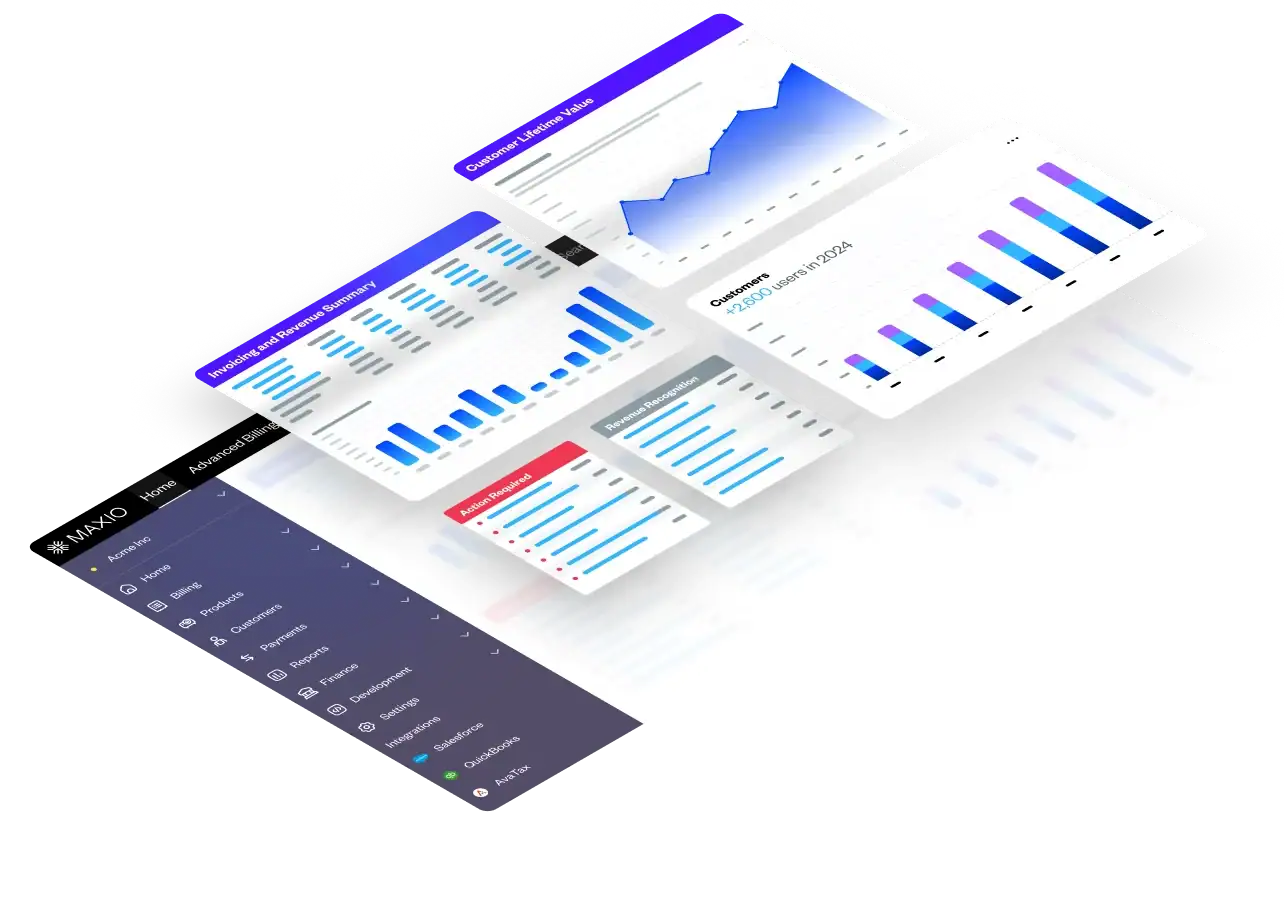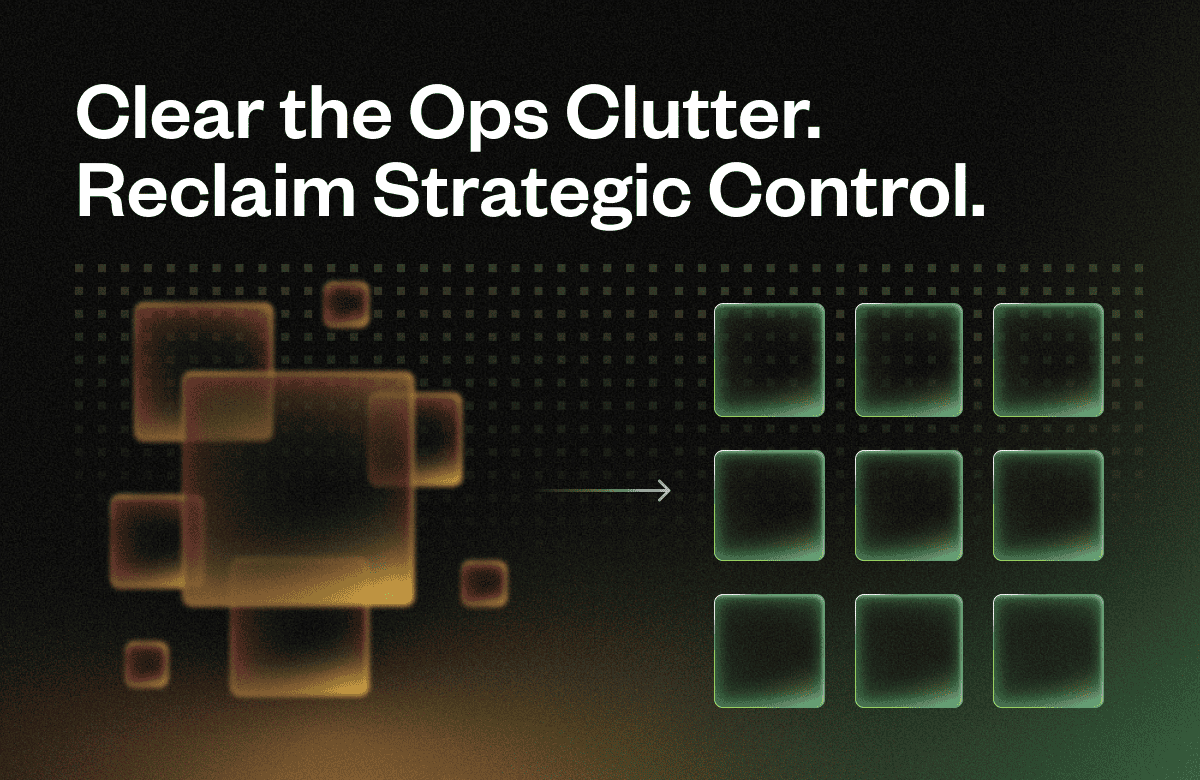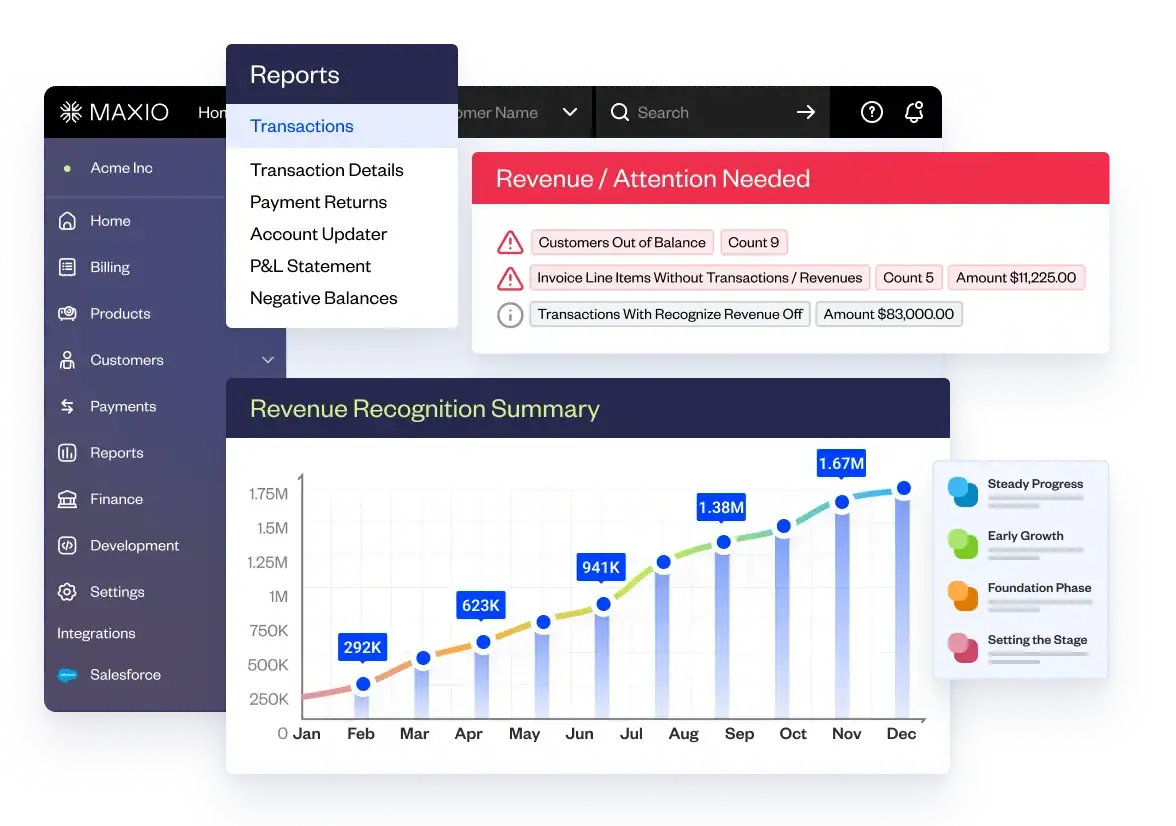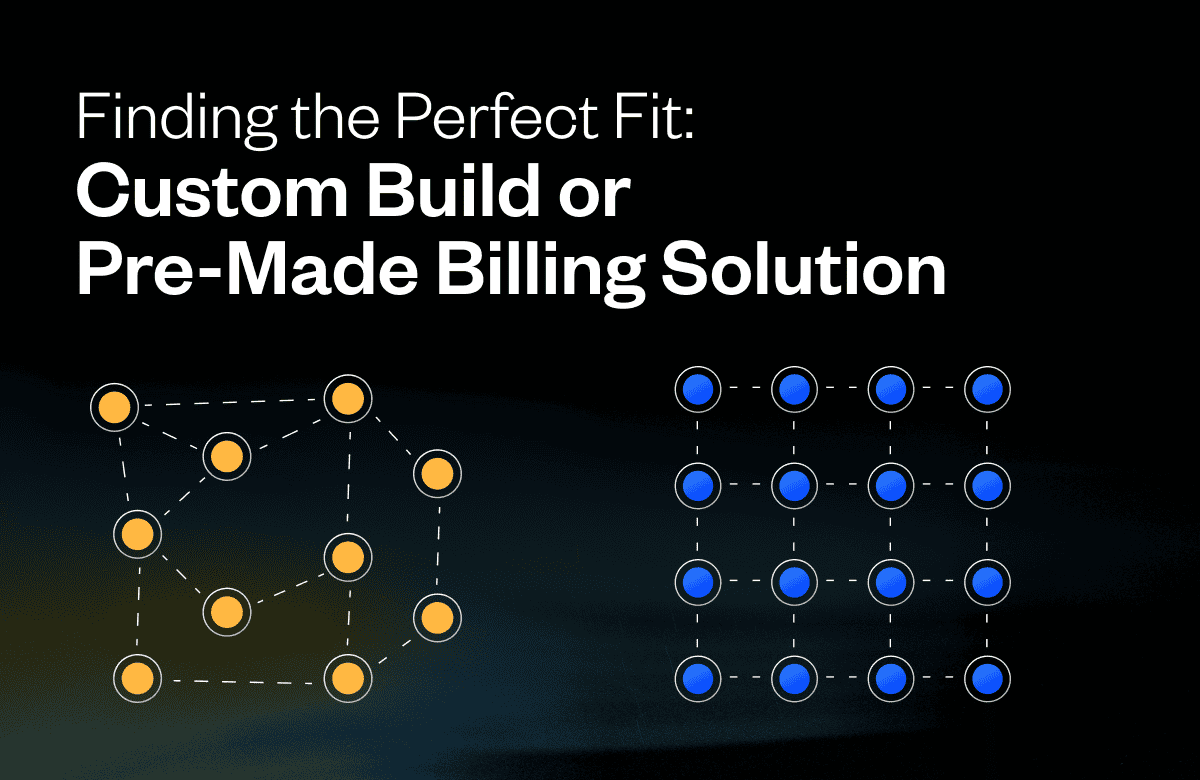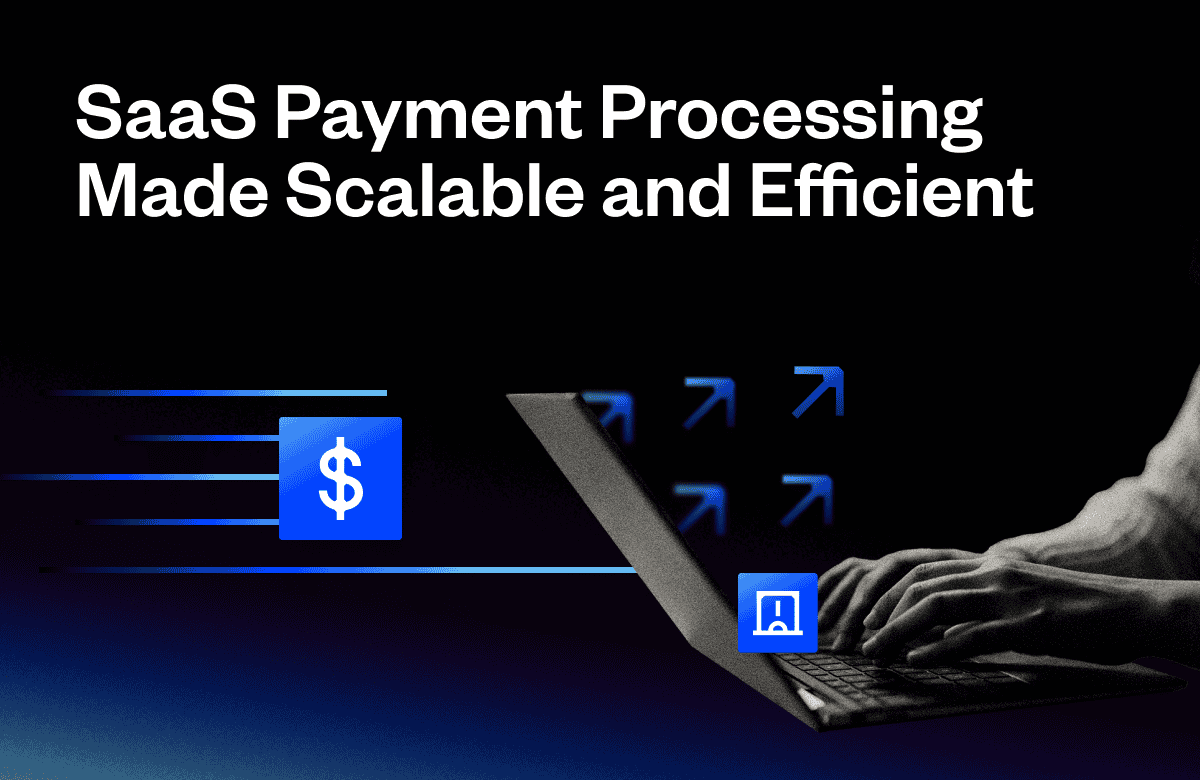Why Lean Startups Can’t Afford the Hidden Costs of Manual Revenue Processes
As a leader in an early-stage startup, you’re likely no stranger to the reality of guiding product, technology, and revenue operations teams all at once. You’ve gotta do what you’ve gotta do, after all.
In fact, “wearing many hats” is a familiar challenge for most startup leaders that can draw your focus into the day-to-day operational details of revenue processes like billing, reporting, and tool management.
When operational drag from manual tasks or disconnected systems slows you down, the opportunity costs are substantial. The strategic bandwidth that’s consumed when leaders are pulled from high-level planning into tactical execution directly impacts your ability to innovate on pricing, launch Product-Led Growth (PLG), or proactively manage customer churn.
We’ll discuss those implications and offer perspectives on how recognizing and solving operational friction with a flexible billing and financial reporting tech stack can unlock strategic capacity.
The Dilemma of Balancing Multiple Roles Alongside Operational Realities
Leaders at lean tech startups naturally step into diverse roles, providing much needed flexibility and support, but when revenue operations need attention, leadership absorbs the workload, which diverts attention from strategic work.
Imagine yourself in these scenarios:
- The Chief Product Officer (CPO), who also champions go-to-market (GTM) strategy, spends valuable hours on manual billing adjustments instead of refining value propositions.
- The Chief Technology Officer (CTO), whose primary goal is to scale the tech stack, piecing together data from disparate systems for revenue reports because integrated reporting isn’t available.
- The Head of RevOps (or a founder in this role) is struggling to get a clear view of revenue data for forecasting, impacting your ability to advise on strategic investments.
- Any leader working cross-functionally and being pulled into customer escalations for subscription upgrades or dunning because automated workflows are underdeveloped.
Would your skills and experience be better utilized in other ways? How could you avoid experiencing these types of operational drag?
How Leaders Can Unlock Strategic Momentum in Critical Growth Areas
Operational drag directly impacts key growth initiatives, but by addressing the underlying inefficiencies with a central billing infrastructure, leaders can reclaim their strategic focus and impact the following growth areas.
Improving Your Pricing Strategy Execution
An effective pricing strategy is foundational to startup success, and the bandwidth to design, test, and iterate on pricing is constrained when implementing changes requires manual effort. This isn’t a reflection on the strategy but on the operational capacity to execute it.
When your operational systems are agile, you can make data-driven pricing decisions quickly. A flexible billing platform like Maxio provides the infrastructure to operationalize any pricing strategy, from simple subscription management to more complex adaptive billing models, freeing leadership to focus on finding the right pricing-market fit instead of worrying about back-office operations.
Enabling Your First-Time PLG Strategy
PLG offers a powerful path to efficient customer acquisition, and for leaders spearheading a first-time PLG motion, the strategic work involves defining value metrics and user journeys, and that focus is broken if leadership’s time is diverted to manually managing the operational mechanics of self-serve signup, provisioning, or usage tracking.
Maxio acts as the central infrastructure for PLG, handling plan upgrades, billing entitlements, usage tracking, and seamless invoicing without custom engineering for each new motion, allowing leaders to strategically guide the PLG initiative rather than getting pulled into its operational execution.
Strengthening Your Customer Retention and Subscription Management
Proactive churn reduction is key for sustainable and predictable revenue growth, and leaders wearing many hats should dedicate time to understanding customer needs and improving value delivery. When they are pulled into reactive problem-solving due to error-prone subscription processes or difficult customer experiences, their strategic focus is spread thin.
Automating subscription management and centralizing billing functions with a platform like Maxio reduces customer friction and churn, freeing leadership to focus on higher-level retention strategies.
Empower Leadership Teams by Turning Operational Efficiency into Strategic Advantage
As you well know, the reality of early-stage leadership involves balancing multiple roles amidst the controlled chaos of growth. And, the “wearing many hats” tax, paid in the currency of strategic focus, is a common challenge.
But by addressing operational inefficiencies in key revenue processes, leaders can unlock strategic capacity and agility, not just for themselves, but for the entire team. This is where flexible billing infrastructure matters. With Maxio, your team can launch new pricing tiers, test usage-based models, and gather revenue data without burdening engineering.
Viewing streamlined operations as a cost-saving measure and enabler of innovation allows leaders to focus their unique talents on building and scaling the core business, confident that their revenue infrastructure can keep pace with their vision.
Ready to get back to the business of growing your company? Maxio helps startup leaders shift out of the weeds and into a more strategic role—by eliminating operational drag from billing, reporting, and subscription management. Request a demo to see how Maxio can support your growth goals and free your leadership team to focus on what matters most.
